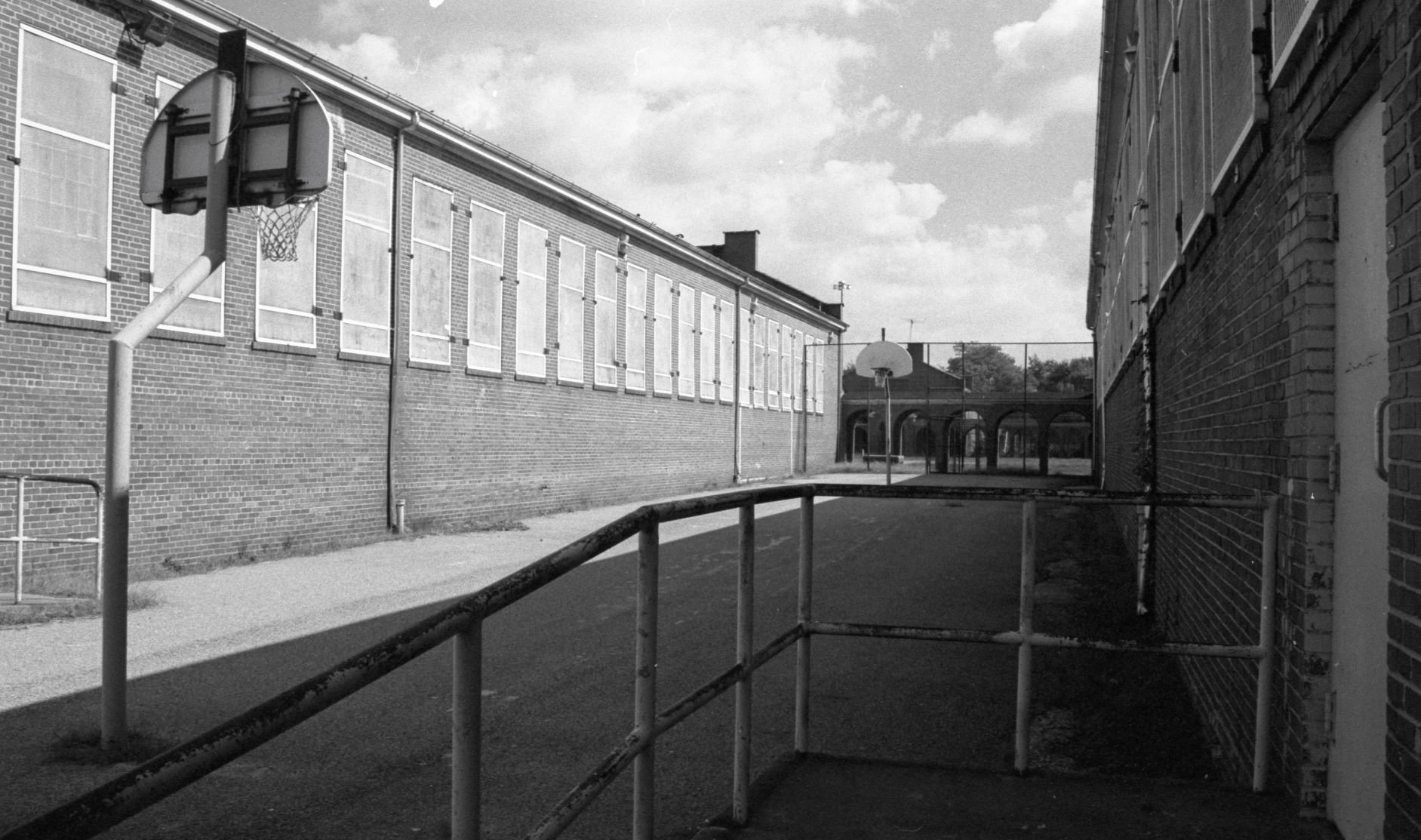
History
The Lorton Prison Museum featuring the Lucy Burns Gallery, examines the 91-year history of the former Lorton Prison Complex; including the events of 1917 which changed the course of the women’s suffrage movement in the United States.
Photo credit: Charles Albert Huckins, Stonelight Images
Lorton Prison
From its inception in 1910, the Occoquan Workhouse (later known as Lorton Prison) was designed to be a self-sustaining facility. Inmates cut trees and milled the lumber for the original buildings. Later they built kilns for the production of brick to upgrade the buildings to masonry. The current Workhouse Arts Center buildings were constructed in the 1920s from bricks made on site. Dairy cows, hogs, orchards, and agricultural cropland were worked by inmates. Over the years, other industries were added to the prison as the facility grew to encompass more than 3,000 acres. Inmates worked and learned job skills in the cannery, foundry, tailor shop, bakery, electrical and culinary arts departments.
The number of people incarcerated at Lorton Prison changed daily. Originally built as a men’s facility, the prison expanded to include women’s and youth facilities. The first prisoners at the Workhouse were found guilty of assault, drunkenness, or vagrancy. Those held at the Reformatory were guilty of more serious crimes such as manslaughter. By the 1930’s the Penitentiary was added for those found guilty of rape and murder. While the Workhouse and Reformatory had nearly no locks or bars, the Penitentiary had cells and a 25 foot-tall brick wall. By the 1970’s the original Penitentiary was replaced with a Maximum Security facility known as “The Wall.” At the same time, mandatory minimum sentences swelled the prison population. Overcrowding, gangs and drug use were rampant inside. The entire facility was showing its age.
By 1995, Lorton Prison was well over capacity. There was no funding for new facilities or much needed staff. Inmates would begin to be transferred to other facilities across the nation, with the last leaving in November of 2001. Lorton Prison was closed after 91 years.
Suffrage Movement
Following the American Civil War, the suffrage movement began to build momentum in the United States. Women like Susan B. Anthony and Elizabeth Cady Stanton were gaining national notoriety. States like Wyoming gave women the right to vote in state elections in the 1890’s. However, the national vote would not come until passage of the 19th Amendment in 1920. Lucy Burns and Alice Paul were tireless campaigners for the suffrage movement. Both would be arrested numerous times. In 1917, Lucy Burns was arrested along with 72 other members of the National Woman’s Party and sent to the Occoquan Workhouse. Their treatment at the Workhouse along with their hunger strikes and continued pressure on lawmakers would play a pivotal role in changing the minds of President Woodrow Wilson and others. By 1918 the amendment would pass in Congress and the Senate in 2019. On August 26, 1920, Tennessee would be the final state needed to ratify the 19th Amendment. Women - white women - now had the right to vote on a national level. The fight for women of color to gain the right to vote would take much longer.
Learn More

Support the Workhouse Arts Center
The Workhouse Arts Center, a project of the Workhouse Arts Foundation, raises funds to fuel inspiration and provide engaging, multidisciplinary community arts experiences for more than 100,000 visitors every year. Make a tax-deductible contribution to support Workhouse and its programs today!
Workhouse Arts Foundation is grateful for the support of the following partners:







